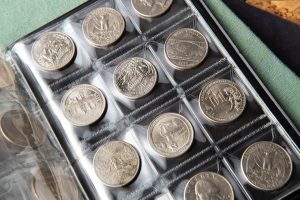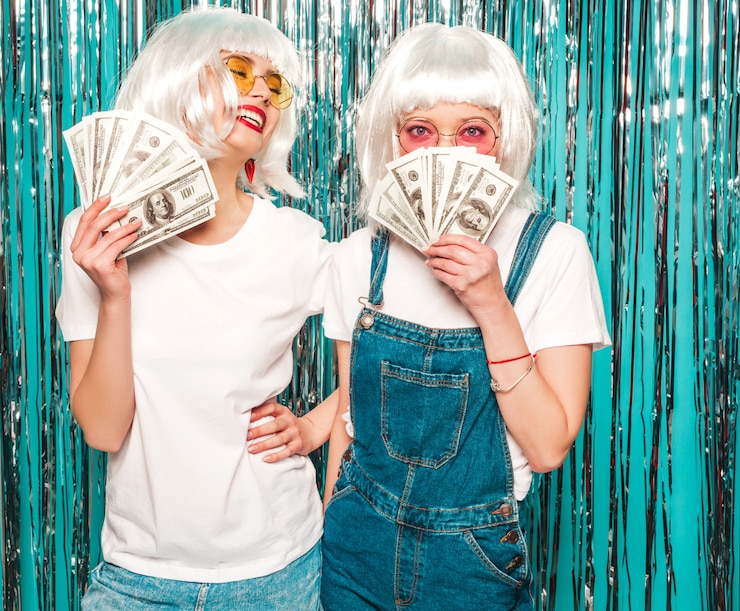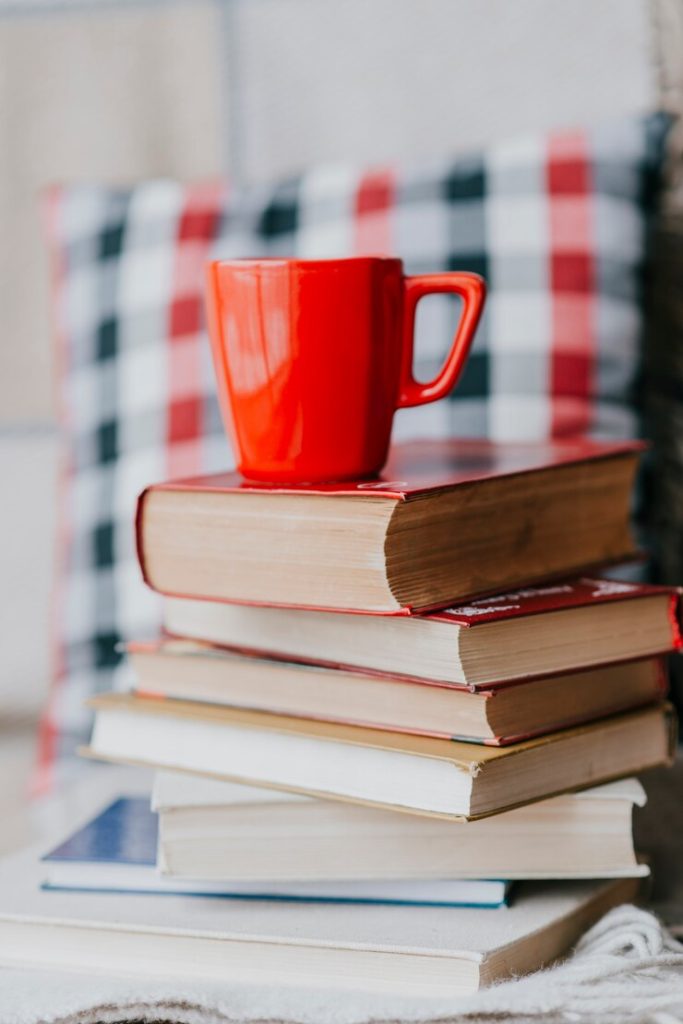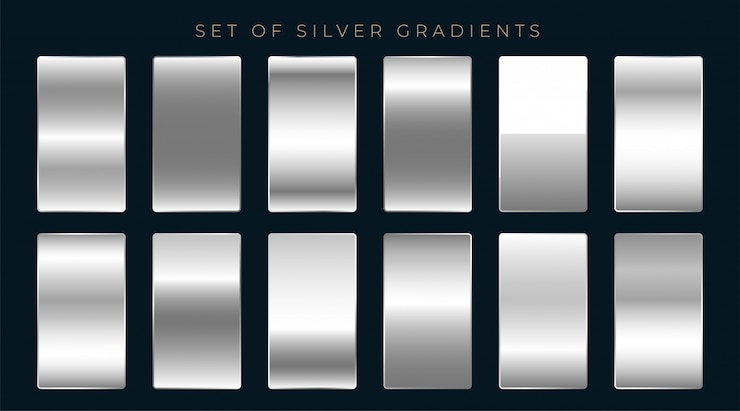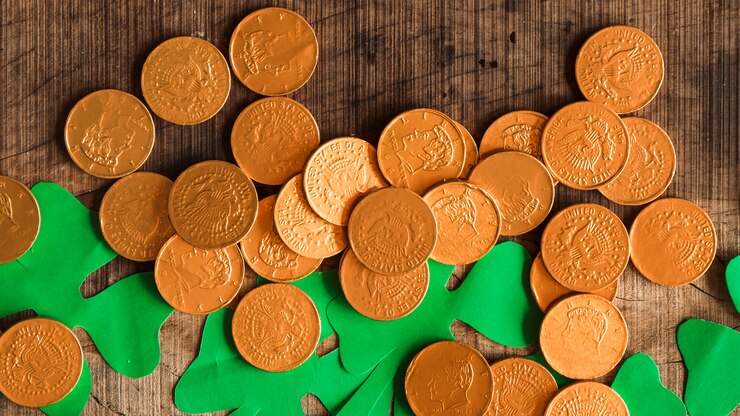
Good morning!
I’m sharing this a year later than planned, but I wanted to talk about the intriguing experience I had when I realized I had fake coins and figuring out what to do with them. Hopefully, this can give you some ideas if you ever find yourself in the same situation!
Here’s how it all started:
Breaking the news to my client that some of her coins were fake was tough, especially after I initially suggested they might be worth at least $500 in silver! At our next meeting, I had to tell her the truth. Fortunately, the rest of her collection was valued at around $2,500, so it wasn’t all bad news.
Here’s how our conversation went:
Me: “I have some good news and some bad news. Which would you like first?”
Her: “Bad news, please!”
Me: “I found 28 fake silver dollars in your collection… unfortunately, they’re pretty much worthless.”
After a pause, she burst out laughing and mentioned that her dad often got into strange deals that he couldn’t resist. We then moved on to evaluating the rest of the collection. The best outcome possible!
We had to decide what to do with the fake coins. Should we sell them, throw them away to prevent future scams, or have them analyzed for silver? Here’s what I suggested:
She chose Option #4, which made me very happy. At our next coin club meeting, I gave an impromptu talk about the coins and why they were fake, passing them around for others to inspect. Some could spot the forgeries immediately, while others were surprised.
Included is a photo for you to judge for yourself.
I also wrote a detailed article about how I identified them as fake, which includes tips for spotting errors and avoiding fakes in the future:
An 1895 Fake Morgan and More!!
Even though these were quite convincing fakes, they had some obvious flaws. It’s a good reminder that fakes can pop up unexpectedly, and I’ve learned to always be mindful of their existence. I’m even considering making a checklist for future evaluations.
So, there you go! Different ways to handle forgeries if you encounter them. It’s not all bad, and there’s a lot to learn from these experiences.
Two dealers from our club shared their approaches:
Dealer #1 keeps all fakes in a binder for educational purposes and to keep them off the market. He even shared a story about how he was once tricked by a fake coin he’d previously rejected.
Dealer #2 uses them in his shop’s window displays. It’s a smart idea because there’s no risk of theft, and they make great eye-catching pieces.
I hope this helps you in your own collecting adventures! If you’ve discovered any fakes in your collection, I’d love to hear about it. We can all learn from each other!
Your fellow collector,
PS: Over time, I’ve distributed most of the fakes to club members as identification tools, but I held onto the 1895 one. It’s clearly labeled, which will save my heirs time and frustration, and I’ve documented it in my spreadsheet for posterity.

